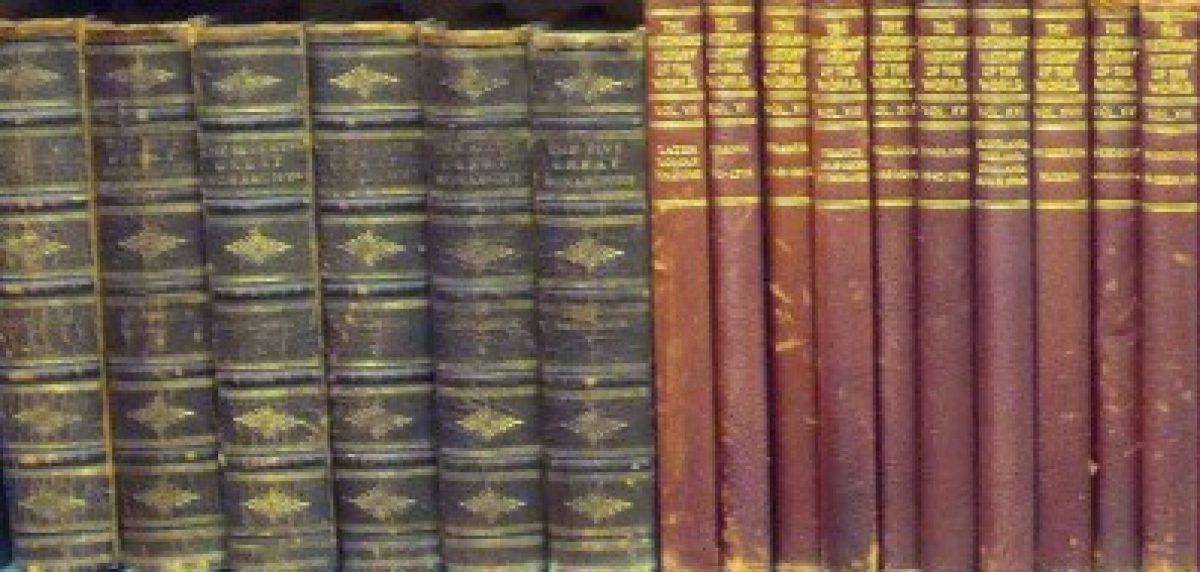Well, there was, at any rate. He was not a “jolly old elf”, he did not live at the North Pole, and he never made any toys or drove a sleigh with eight reindeer. He didn’t look like this.
 He actually looked more like this.
He actually looked more like this.
Of course, I am talking about Saint Nicholas of Myra, the historical person on which the legends of Santa Claus are based.
Santa Claus is derived from the Dutch “Sinter Klaus”, and it was Dutch immigrants who brought over many of our ideas of Santa, including the idea of a man who gives out presents to well behaved children. Another influence was Father Christmas from Britain. And, of course there was the poem “The Night Before Christmas” which introduced the whole idea of the reindeer, going down chimneys, etc.The cartoonist Thomas Nast is believed to be responsible for the first portrayal of Santa in his red suit, and also the idea that he lives at the North Pole.
But the real Saint Nicholas was a bishop of the city of Myra in Asia Minor, or present day turkey. He lived from around 270-343. He was a Greek Christian whose parents died of an epidemic when he was very young. From his childhood he was religious. His uncle, also a bishop, raised him and when he was old enough made him a monk. Eventually he was made a bishop by the Christian community of Myra. There he stayed until his death in 343.
Nicholas apparently was quite a zealous bishop. He was imprisoned during the last great persecution of the Emperor Diocletian, but was released when Constantine became Emperor. He debated against and fought the pagans and the Arians, a heretic branch of Christianity, and participated in the great Council of Nicaea, where he lost control of his temper and actually slapped Arius. He was imprisoned for this but released after three days.
He was most famous for his acts of charity, many of which are probably legendary.The most famous story is that passing by a house he heard three daughters lament because their father could not afford a dowry for any of them. Without a dowry they could not get married and would probably have to resort to prostitution to survive. (Somehow this story never made into the children’s specials.) He threw a bag of gold into their window as each girl became old enough to marry. In one variation of the story, by the time of the third daughter, the father lay in wait to discover the identity of his benefactor. When Nicholas saw this, he threw the bag into their chimney.
After his death, Nicholas was buried in Myra, but in 1087, with Asia Minor being overrun by the Turks, some Italian sailors stole the remains and brought them to Bari, where they remain to this day.
Nicholas is a Saint in the Roman Catholic and Eastern Orthodox churches His feast day is December 6, today, and he is the patron saint of children, sailors, repentant thieves, pawn brokers, and others.
So, now you know the true story of Santa Claus.
If you want to know more about Catholic saints see here.
Related articles
- Santa Claus And Saint Nicklaus (jwsobecki.wordpress.com)
- A letter from Santa Claus (buncheslife.wordpress.com)
- Santa Predecessor #1: St. Nicholas of Myra (rescloset22.wordpress.com)

